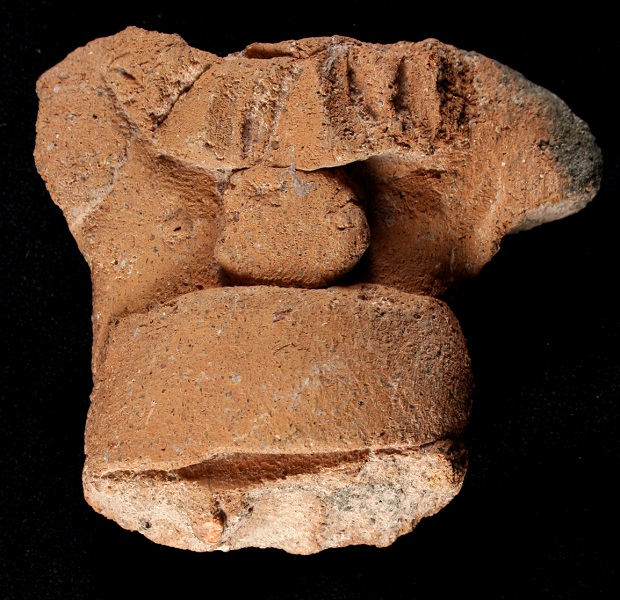But, argues George Washington University Professor of Anthropology Jeffrey P. Blomster, the ballgame is associated with the rise of complex societies, so understanding its origins also illuminates the evolution of socio-politically complex societies.
Blomster's latest research explores the importance of the ballgame to ancient Mesoamerican societies - and the discovery of a ballplayer figurine in the Mixteca Alta region of Oaxaca demonstrates the early participation of the region in the iconography and ideology of the game. He spent 20 years researching the origin of complex societies in Mesoamerica and the participation of early Mixtec societies in ballgame imagery is a new aspect.
While early games used a hard rubber ball, the ballgames Blomster researches have little resemblance with today's Major League Baseball. The games and the costumes or uniforms participants wore were tied to themes of life and death, mortals and underworld deities or symbolizing the sun and the moon. In some instances, the ballcourt itself represented a portal to the underworld. To social psychologists, this would explain why athletes sometimes yell, "You go to hell!" at each other, and they won't even have to survey a bunch of undergraduates.
During the Early Horizon period, or roughly between 1700 and 1400 B.C., there was little evidence of ballgame activity in the way of artifacts in the Oaxaca region of Mexico. Blomster's findings of a clay figurine garbed in distinctive ballgame costume, similar to both Olmec figurines and monumental sculptures from the Gulf Coast, indicate sports games did take place in the area.

Image of the ballplayer figurine found at Etlatongo; note the thick belt or yoke around the waist and the hanging pectoral, probably an iron-ore mirror. Credit: Prof. Jeffrey P. Blomster
"Exploring the origins and spread of the ballgame is central to understanding the development of the Mesoamerican civilization," he said. "We know there were earlier versions of a ballgame prior to the Early Horizon with both a ballcourt and rubber balls found in coastal Chiapas and the Gulf Coast, but the institutionalized version of the ballgame, a hallmark of Mesoamerican civilizations, developed during the Early Horizon. While there has been some limited evidence about the participation of the nearby Valley of Oaxaca in the ballgame, the Mixteca has largely been written off in terms of involvement in the origins of complex society in ancient Mexico. This discovery reemphasizes how the ancient Mixtecs were active participants in larger Mesoamerican phenomenon."
For the Proceedings in the National Academy of Sciences (PNAS) publication, Dr. Blomster worked with undergraduate students Izack Nacheman and Joseph DiVirgilio to create artistic renditions of the figurine artifacts found in Mexico.





Comments